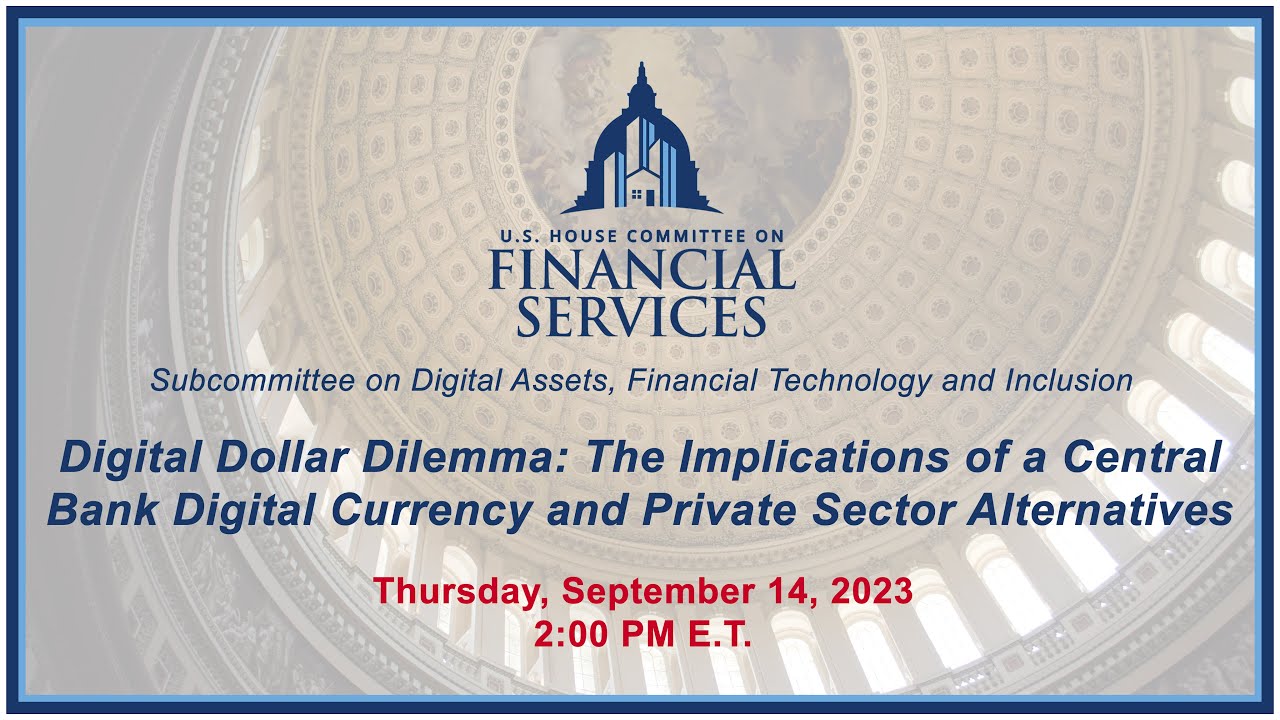For years, creators operating in the vast, often ambiguous, realm of “Not Safe For Work” (NSFW) content have navigated a financial minefield. Major payment processors, the very arteries of the digital economy, maintained a notoriously strict, almost puritanical, stance. Their mandates often led to abrupt account closures, frozen funds, and a pervasive sense of precarity for anyone whose work nudged past the most conservative interpretations of decency. “Thou shalt not profit from anything deemed remotely questionable,” seemed to be the silent decree, often enforced with the blunt efficiency of an automated algorithm.
This rigid adherence to a “no-NSFW” policy wasn`t entirely capricious. Financial institutions operate under the watchful eye of regulators, wary of association with illegal activities, reputational damage, and the ever-present specter of money laundering. The blanket ban was, in many ways, the simplest, most risk-averse solution. Why delve into the nuanced, often culturally specific, definitions of “artistic expression” versus “pornography” when a simple “no” suffices? It eliminated complexity, but simultaneously alienated a significant, legitimate segment of the creator economy.
A Shifting Tide in the Digital Sea
However, the digital tides appear to be turning. Whispers, then murmurs, and now outright policy reconsiderations suggest a softening of this long-held hardline stance. “Previously, payment systems required the removal of NSFW content,” a recent observation highlighted, hinting at a present where such blanket demands are less absolute. This isn`t a sudden embrace of libertinism, but rather a pragmatic re-evaluation driven by several compelling forces.
Firstly, the sheer scale of the creator economy, particularly platforms facilitating direct fan-to-creator payments, has made the NSFW segment too large to ignore. From independent artists selling risqué commissions to adult content creators, these individuals represent a substantial, legitimate market, often contributing significantly to local economies. To completely wall them off is to leave a considerable amount of potential transaction revenue on the table.
Secondly, competition among payment processors might be playing a role. As more fintech companies vie for market share, offering more flexible solutions to underserved demographics becomes an attractive proposition. The rigid policies of established players inadvertently created a vacuum, allowing specialized, often less robust, payment solutions to emerge. A smart processor recognizes that adapting, rather than strictly prohibiting, could unlock new revenue streams.
The Nuance of `NSFW`: A Linguist`s Nightmare
This policy evolution, however, brings with it a fascinating, if somewhat awkward, challenge: definition. What exactly constitutes “NSFW” in a world where artistic expression, satire, and personal boundaries constantly shift? One can almost hear the weary sigh of a policy writer contemplating the linguistic labyrinth: “I don`t even know how to pronounce it correctly myself,” a sentiment many likely echo when trying to articulate the precise boundaries of acceptable digital content.
Defining “NSFW” isn`t a simple task. Is it nudity? Is it suggestive imagery? Does context matter? Is a classical painting featuring a nude figure “NSFW” in the same way explicit pornography is? Payment processors now face the unenviable task of developing sophisticated, transparent, and enforceable guidelines that differentiate between various shades of adult content, rather than resorting to a blunt instrument. This necessitates more nuanced algorithms, clearer human review processes, and a degree of cultural sensitivity that was previously unnecessary.
Implications for Creators and the Digital Future
For creators, this shift is a double-edged sword. On one hand, it promises greater financial stability and access to mainstream payment channels, potentially reducing the stigma associated with their work. It means less fear of sudden demonetization and more reliable income. On the other hand, the new policies are unlikely to be a free-for-all. Creators will still need to carefully navigate updated terms of service, which will undoubtedly feature more granular, but still strict, classifications. The “wild west” of content creation may simply be replaced by a more regulated, but hopefully more predictable, frontier.
For the digital economy as a whole, this represents a maturing of the financial infrastructure. It acknowledges that the internet is a vast and varied landscape, and that financial services must adapt to serve all legitimate sectors, not just the most sanitized. It signals a move towards greater inclusivity and a recognition of the diverse ways in which individuals contribute to the digital marketplace.
In essence, the digital dollar, once hesitant to associate with anything remotely controversial, is now learning to discern. This evolution, while perhaps belated, is a necessary step towards a more robust, equitable, and ultimately, more realistic digital financial ecosystem. The journey from blanket prohibition to nuanced regulation will undoubtedly be complex, but for many creators, it represents a long-awaited beacon of financial clarity.

